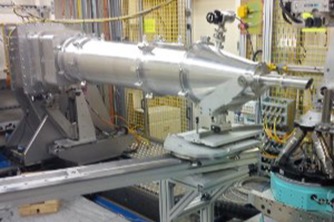Instruct-ERIC offer a wide range of X ray approaches to determine the three dimensional shape of proteins at the atomic level.
Instruct has 7 centres offering X-Ray Techniques across Europe. Navigate the map and click on the pins to discover centres near you.
X-ray data collection within Instruct includes the techniques of X-ray crystallography, biological small angle scattering (Bio-SAXS) and X-ray imaging from synchrotron sources. X-ray crystallography is also available on in house X-ray sources.
X-ray diffraction, or crystallography, allows the three-dimensional shape of proteins to be imaged at the atomic level and can define interaction surfaces, conserved structural regions and show protein modifications such as glycosylation and methylation. The sample must first undergo crystallisation, which is followed by phase determination, calculation of the electron density, model building and model refinement.
Small angle X-ray scattering (SAXS) is used to collect low resolution structural information about biological molecules. A particular advantage of Bio-SAXS is the ability to investigate flexible proteins that are often hard to crystallise. The technique can also be used to characterise multi-domain and multi-subunit proteins. A highly focussed beam of X-ray radiation, generated in a synchrotron, is directed at the sample in solution. X-rays that scatter at a small angle give information about the protein structure. The scatter curve is recorded and the information is then fit to a 3D model and combined with other information from NMR, crystallography or electron microscopy.


